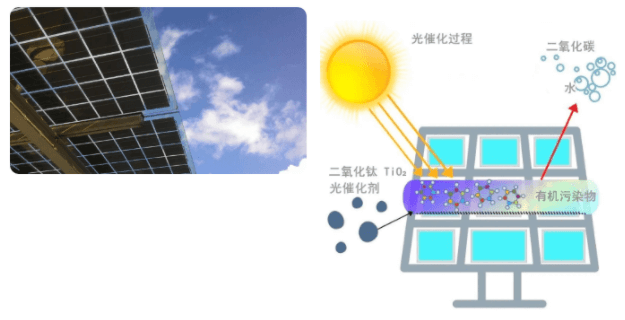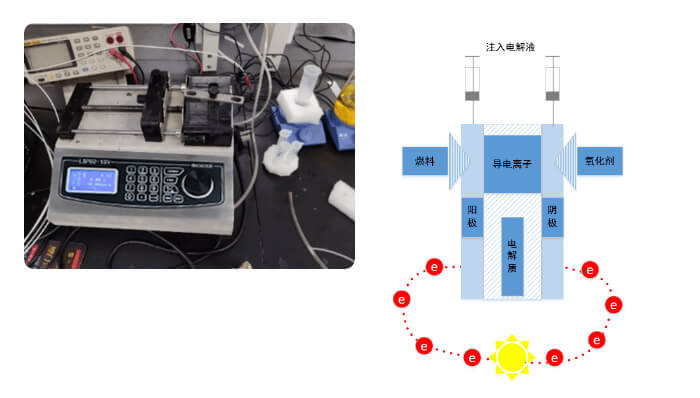According to surveys, the annual energy loss caused by the discharge of organic biological waste can reach one-third of the global total. Therefore, developing a clean decontamination technology that can recover chemical energy in sewage is of great significance for the sustainable development of resources and energy. Solar energy is a well-known new energy source that has the advantages of being clean and renewable. The photocatalytic wastewater fuel cell system based on semiconductor photocatalysts fully utilizes the chemical energy of solar energy and pollutants to generate electrical energy.

Catalytic fuel cell (PFC) technology does not require other electron acceptors to operate. It has strong oxidation ability and no secondary pollution. It can completely degrade organic pollutants contained in water into water or carbon dioxide, and reduce inorganic pollutants into harmless substances. .
A photocatalytic fuel cell is a complex system that couples material transport and light/electro/chemical reactions, involving the transport of light, reactants and products. Such influencing factors as light intensity, methanol concentration, electrolyte flow rate, etc. These are closely related to the battery structure and photoanode design, affecting battery performance.
Photocatalytic fuel cell performance research
An experiment studied the performance of photocatalytic fuel cells in degrading wastewater and generating electricity under light conditions. The battery is continuously fed with liquid, and the performance of the photocatalytic fuel cell is tested under the conditions of controlling the constant flow rate of the electrolyte and different flow rates, and the influence of the electrolyte flow rate on the battery's power production performance and wastewater degradation performance is obtained.

During the research process, a Rongbai laboratory syringe pump was used to introduce electrolyte into the cathode and anode chambers of the photocatalytic fuel cell at the same specific flow rate, thereby obtaining the influence of the electrolyte flow rate on the performance of the photocatalytic fuel cell and determining a flow rate value, making the battery performance better.
The electrolyte plays a role in conducting electrons between the positive and negative electrodes in the battery. Experiments show that its flow rate should not be too high or too low. The micro-injection pump serves as the power source of the entire system and provides a stable electrolyte flow rate, which is a photocatalytic Wastewater fuel cells are guaranteed to have high performance.
Next:Back to list
Back